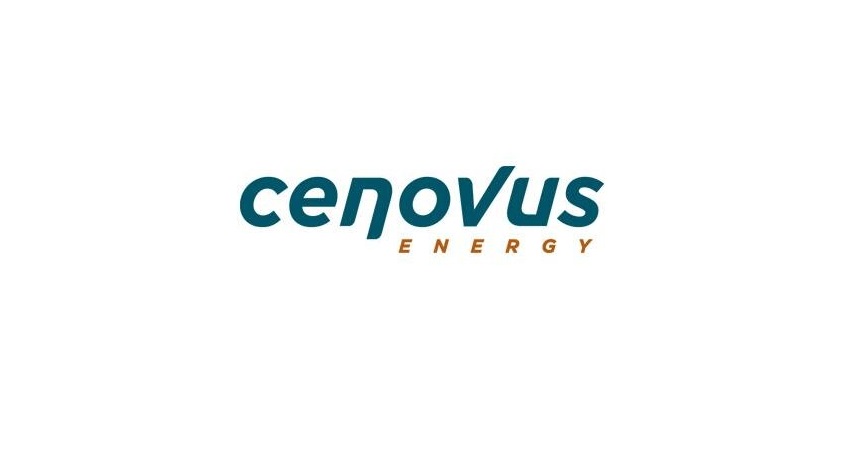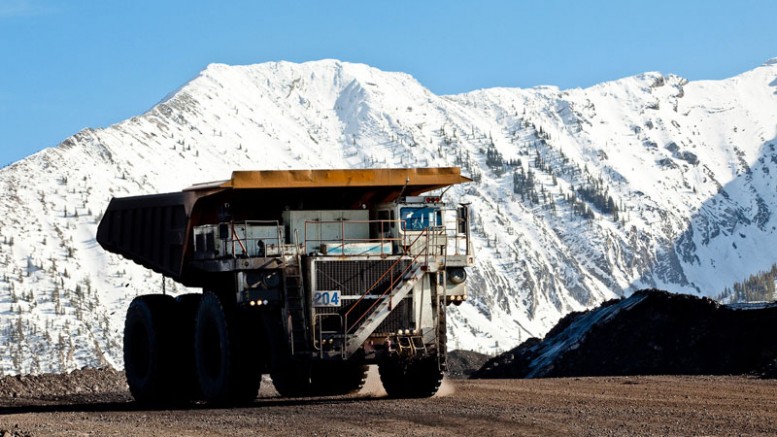Demand for natural resources in the emerging world is increasing, but how much of this increased demand is met by the country’s own production?
This interesting chart from Bank of America-Merrill Lynch shows the supply/demand fundamentals of several key industrial metals and basic materials.
The dotted line represents a key tipping point. The resources to the left of the line are those the BRIC countries must obtain outside of their own borders in order to meet domestic demand. The BRICs produce an excess amount of the two metals to the right of the line and export the remaining amount to other countries.

Last year, copper, nickel and coal were all top-half performers of the 14 commodities we track in our popular periodic table. The two metals the BRIC nations produce an excess amount of (aluminum and zinc) were among the worst-performers.
These materials are the necessary elements needed for emerging nations to take the next steps in their development. You can see that the BRICs must rely on imports in order to meet demand for metallurgical coal, copper concentrate, thermal coal, iron ore, refined copper and uranium.
For example, BRIC production of metallurgical coal is less than 20 percent of BRIC consumption. Met coal, or coking coal, is used to make iron and steel—very important to the infrastructure build-out taking place in Asia.
Thermal coal is also important because it is principally used for power generation. Coal is the primary source of electricity in the emerging world, supplying more than 50 percent of Asia’s power. The BRICs consumed nearly 2 billion tons of coal for electricity in 2009, according to BP’s World Energy Statistics.
In order to combat these supply deficiencies, the BRICs have looked beyond their borders. In India, there were 27 cross-border deals in the metals and ores sector last year, according to research firm Grant Thornton.
China has been especially proactive in this regard. From 2005 through early 2010, the country inked more than $45 billion worth of cross-border deals for coal, copper and iron ore. These are deals in countries near (Vietnam, Mongolia) and far (Peru, Canada).
We think these areas are especially important for investors because these are the areas where we’re seeing wider profit margins and stronger returns on capital. This is why our Global Resources Fund (PSPFX) is currently seeking the best opportunities in this area.
Foreign and emerging market investing involves special risks such as currency fluctuation and less public disclosure, as well as economic and political risk. Because the Global Resources Fund concentrates its investments in a specific industry, the fund may be subject to greater risks and fluctuations than a portfolio representing a broader range of industries.
BRIC refers to the emerging market countries Brazil, Russia, India and China.
![]()













